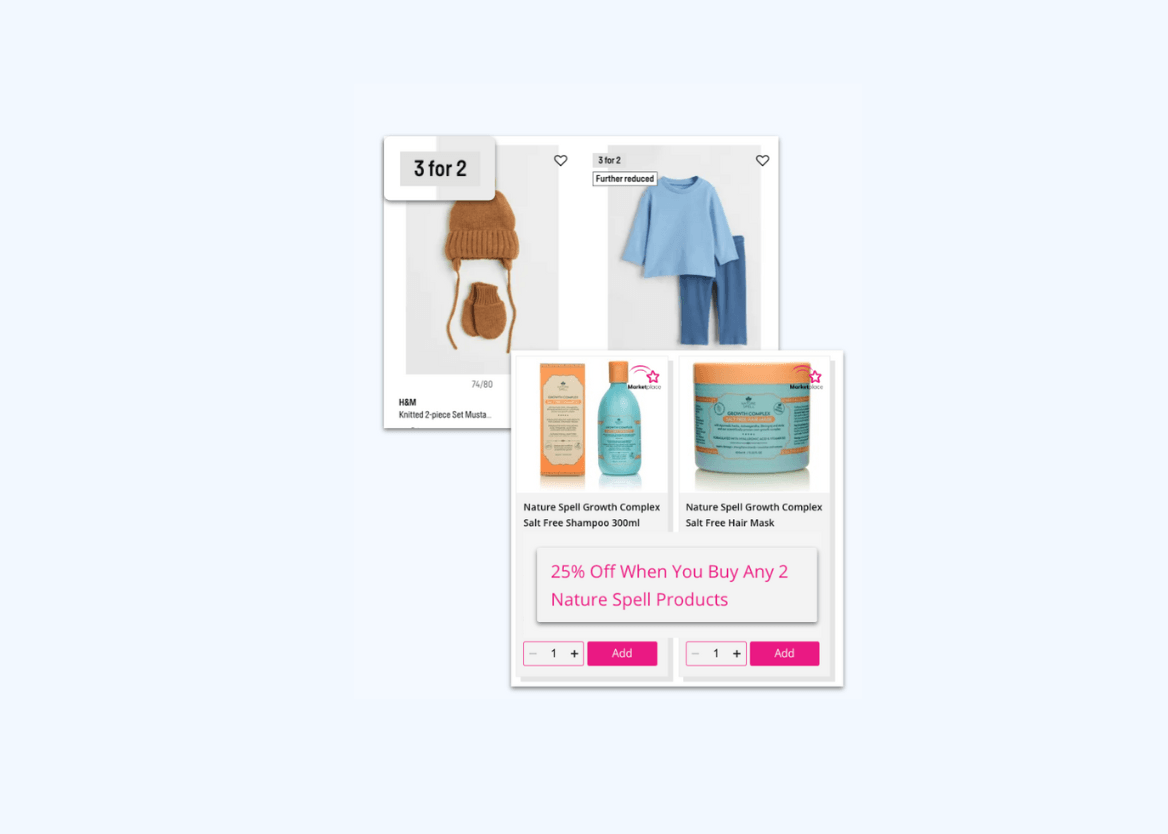Ten Best Practices To Effectively Launch And Manage A Marketplace
In January of this year, Gartner called out marketplace management as one of the hot topics in digital commerce for 2017. Marketplaces are a foundational element of any eCommerce strategy, underpinning and optimizing other projects such as omni-channel and personalization. Too often, though, retailers look at marketplace management as just another project, which is unfortunate when you consider the success other retailers have had with marketplaces:
Best Buy Canada’s online product count has increased by a factor of 200% since launching their Mirakl-powered Marketplace, without additional inventory, fulfillment, or service costs.
Halfords has sourced and additional 150 products that it first tested – risk-free in its marketplace – with customers to gauge demand.
What these retailers understand is that customer experience is king and a smarter approach to retail is required. Customers want a broad array of choice (that makes sense for the brand they are shopping with), fair prices, and convenient and high quality service. A marketplace makes providing that broad array of choice fast, simple, and cost-effective – all things that traditional sourcing and dropshipping are not.Learn why Forrester says it’s time for retailers to seize the marketplace opportunity.
So, why haven’t more retailers in North America launched their own marketplaces? The two most common answers we hear are, “we don’t want to be Amazon,” and “we heard marketplaces are super complex and hard to manage.”On point #1 – don’t try to be Amazon. Use the model that Amazon has used to be successful. Take a baseball analogy – I will never throw as fast as Edwin Diaz, but if I use his pitching form with a full push from the leg and using my core to whip the ball, I will maximize my velocity. I’m not trying to be Edwin Diaz – I’m simply using his form to be the best pitcher I can be.
The marketplace model is the form Amazon has used to grow into the giant it is now. Why wouldn’t every retailer follow suit?On point #2 – it is true that marketplaces are complex to manage, but with the right technology backbone, such as the Mirakl Marketplace Platform, and adherence to some best practices, launching and managing a marketplace can help retailers grow assortment agility, increase profit margins, and better serve customers. Here are 10 best practices to emulate in order to launch a successful marketplace:
Enlist sufficient human resources. A marketplace will not require the same amount of resources as a traditional sourcing department, but will require some employees dedicated to recruiting and managing sellers. In general, one retail buyer is able to manage about 10 supplier relationships, while one marketplace manager can manage about 100 sellers.
Target the right 3rd party sellers. Make sure that sellers you recruit and work with are able to meet your quality standards. Explore the ratings and reviews of sellers on other marketplaces as one way to measure a seller’s ability.
Track seller performance and automate quality controls. Sellers with great performance reviews should be promoted, as they are obviously bring value to your customers. Sellers that perform poorly should be suspended so as not to tarnish customer experience.
Integrate the marketplace into your existing eCommerce site. Recently, a friend asked me where he could find Amazon’s marketplace – “what is the URL?” he asked. It took him a minute to figure out that the marketplace itself is not a URL, it is a model for doing business. Separating your eCommerce site from your marketplace is counterproductive.The marketplace must be a natural extension of your brand universe. The continuity it generates is essential to ensure the sale of the products constituting your basic offer, which your marketplace completes.
Stay true to your brand DNA. The marketplace allows your company to be bigger and greatly expand its offerings.But it must also forge and strengthen your identity in a product universe and not dilute it. Start simple by using the marketplace for depth in your core categories or for expanding into complementary categories that will make sense to your customers.
Build trust through transparency. As a marketplace operator, success will come from building trust with customers. Consumers value transparency when making purchases.They know the marketplace model thanks to Amazon and love the choice, convenience, and fair prices it brings – it would actually be a negative to hide the involvement of a 3rd party seller.
Ensure the quality of product information. Building a marketplace is a challenging undertaking, but the result must be as simple as possible for the consumer.Beyond vendor transparency, you must ensure that product data is complete and consistent. Consumers already know your product categories, but you need to make sure that all of your vendor's product data falls within that classification and each new product sheet meets your criteria. Doing it yourself is not possible on a large scale, so it is necessary to provide vendors with the appropriate tools to ensure the quality of the data. Consistency is key to maintaining customer trust and ensuring an optimal purchasing experience.
Automate processes as much as possible. Manual processes are a brake on the efficiency and profitability of a marketplace. They increase the risk of error exponentially, degrade the customer experience and increase costs. The only way to guarantee a seamless sales experience from one channel to another is to automate data transfers. In addition, automation accelerates the integration and vendor management process, reduces costs and makes your marketplace more attractive to them.
Ensure full company commitment to the marketplace model. A successful marketplace is dependent on buy-in from senior management, merchandising, marketing, eCommerce, IT…a siloed operation will lead to a poor customer experience, which will defeat the purpose of having a marketplace at all.
Invest in traffic. The virtuous cycle at the heart of Amazon’s success shows how important it is to invest in traffic generation.Marketplaces operate on the fact that there is a critical mass of potential consumers on a site, such that it will make sense to invite 3rd party sellers to offer products. The good news is that marketplaces have their own nature SEO improvements to keep growing traffic – our customer Halfords saw an extra 2 million web visitors per month due to its marketplace launch.
These best practices combined with Mirakl’s market-leading Marketplace Platform will give your marketplace the best possible chance of success.Learn why Forrester says it’s time for retailers to seize the marketplace opportunity.We would love to help you kick-start your marketplace journey, get in touch now to take the first step.



